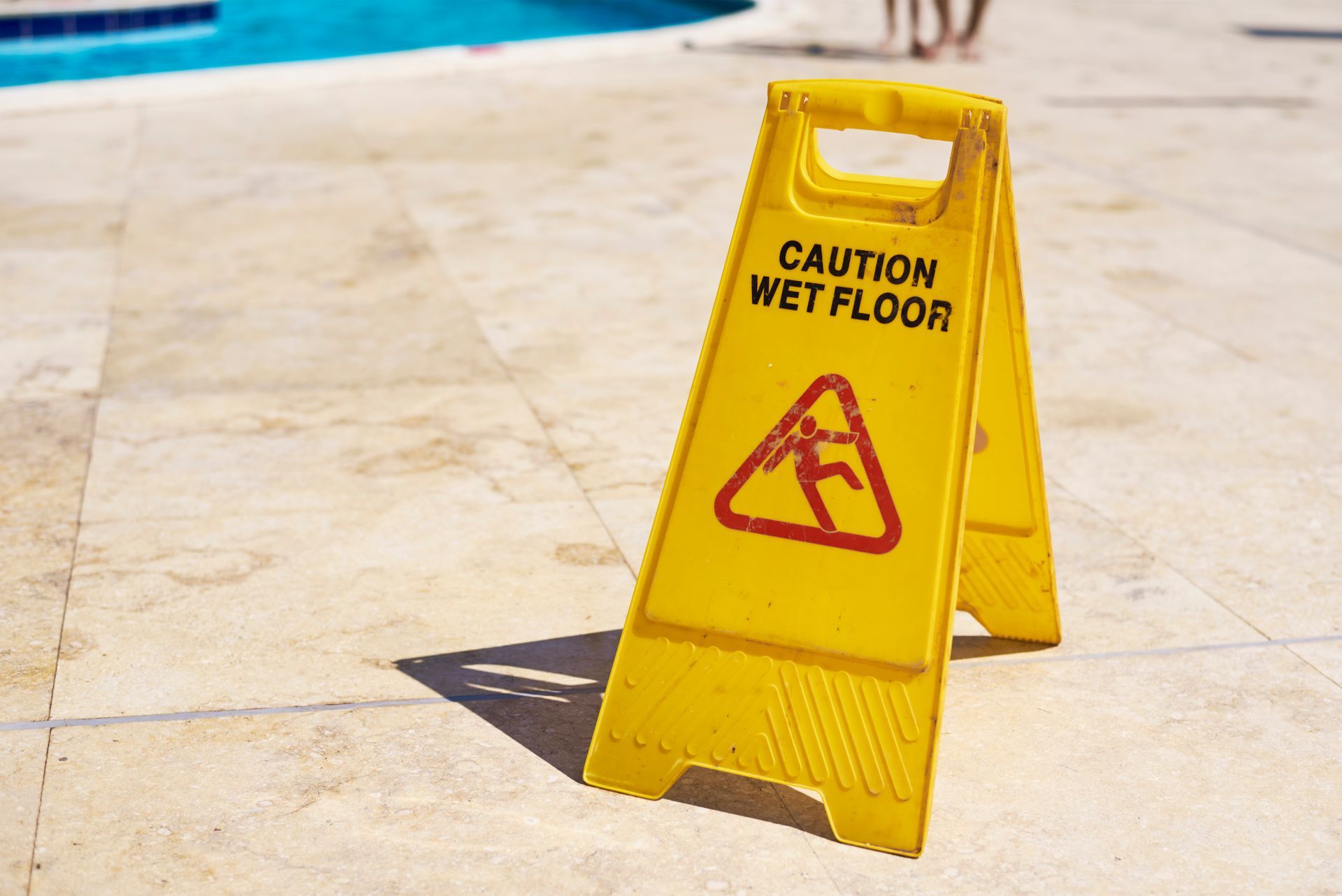Slip and Fall Accidents: Proving Negligence in Premises Liability Cases
On behalf of Harper, Evans, Hilbrenner & Netemeyer
Proving Negligence in Premises Liability Cases

Every year, thousands of people are injured in slip and fall accidents, facing not only physical pain but also a maze of legal challenges. The key to winning a premises liability case? Proving negligence. It's not as simple as pointing to a wet floor or broken step. You need hard evidence, sharp strategy, and an understanding of the law that goes beyond the basics.
We’ve seen firsthand how critical it is to get this right. From gathering evidence to determining who’s liable, the process is demanding—but essential. Let's break down the strategies that can turn a slip and fall into a winning claim.
What Is Premises Liability?
Premises liability refers to the legal responsibility that a property owner or occupier has for maintaining safe conditions on their property. If someone is injured due to unsafe conditions—such as a wet floor, broken steps, or uneven pavement—the property owner could be held liable for the injuries. The primary issue in premises liability cases is whether the property owner was negligent in maintaining their premises.
However, not every accident on someone else’s property automatically qualifies as a premises liability case. In order to hold the
property owner responsible, there are specific elements that must be proven.
The Four Key Elements of Negligence in a Premises Liability Case
Proving negligence is the cornerstone of any successful premises liability case. To establish negligence, you must demonstrate four crucial elements:
- Duty of Care
The first step is showing that the property owner owed you a duty of care. This means that they had a legal obligation to maintain their premises in a reasonably safe condition. The level of care required can vary depending on your relationship with the property. For instance, a business owes a higher duty of care to its customers than a homeowner might owe to a casual visitor. In most cases, property owners are expected to take reasonable steps to ensure their property is free of hazards that could harm others. - Breach of Duty
After establishing that the property owner had a duty of care, you must show that they breached that duty. A breach occurs when the property owner fails to act as a reasonable person would in similar circumstances. For example, if a grocery store manager knows about a wet floor but doesn’t put up a caution sign or clean it up within a reasonable timeframe, that could be considered a breach of duty. - Causation
Even if a duty and breach are established, you must prove that the property owner’s negligence directly caused your injury. This element can be particularly challenging in slip and fall cases because defense lawyers often argue that the victim’s own actions contributed to the accident. For example, the property owner might claim that the victim wasn’t paying attention or that the hazard was so obvious that any reasonable person would have avoided it. Gathering strong evidence, such as photographs of the hazard or witness statements, is essential to proving that the property owner’s negligence was the direct cause of your injuries. - Damages
Finally, to succeed in a premises liability case, you must show that you suffered damages as a result of the accident. Damages can include physical injuries, medical expenses, lost wages, and even emotional distress. Without demonstrable harm, there is no case—even if the property owner was negligent. Documentation like medical records, pay stubs, and testimonies will be critical in establishing the extent of your damages.
Common Defenses in Slip and Fall Cases
Even if you believe you have a solid case, the property owner may raise several defenses to avoid liability. Understanding these defenses can help you build a stronger case:
- Comparative Negligence
One common defense is that the victim was partly or fully responsible for the accident. In states that follow comparative negligence laws, your compensation could be reduced if you are found partially at fault for the accident. For instance, if you were texting while walking and didn’t notice the hazard, the property owner might argue that your distraction contributed to the fall. - Open and Obvious Hazards
Property owners often argue that the dangerous condition was “open and obvious,” meaning any reasonable person should have noticed and avoided it. For example, if a large puddle is clearly visible, the property owner might claim that the victim should have seen it and exercised caution. - No Prior Knowledge
A property owner is only liable if they knew or should have known about the dangerous condition. If the hazard developed suddenly—like a spill that occurred minutes before the fall—the owner might argue they didn’t have enough time to address the issue.
Proving Negligence in a Premises Liability Case: Steps to Take
Building a strong negligence case takes time, effort, and, most importantly, evidence. Here’s what you need to do to strengthen your claim:
- Document the Scene
Immediately after the accident, if possible, take photos or videos of the hazardous condition that caused your fall. Capture multiple angles and make sure to include any signage—or lack thereof—that might have indicated a warning. - Report the Incident
Whether the fall occurred in a business or on private property, report it as soon as possible. Most businesses will have a process for documenting accidents. Getting an official report creates a paper trail that can be critical in court. - Seek Medical Attention
Even if your injuries seem minor, it’s important to seek medical attention right away. Not only is this crucial for your health, but it also provides documentation of your injuries that can be used to support your claim. - Gather Witness Statements
If anyone saw the accident, get their contact information and ask them to provide a statement. Witnesses can provide valuable third-party testimony that strengthens your case. - Consult a Lawyer
Premises liability cases are complex, and having an experienced attorney on your side is crucial. At the Law Firm of Harper, Evans, Hilbrenner & Netemeyer, we are experienced in premises liability cases and know what it takes to prove negligence and secure compensation for our clients.
Conclusion: Why Negligence Proof Matters
Proving negligence in a premises liability case can be a challenging process, but it’s essential to securing compensation for your injuries. The burden is on the plaintiff to prove that the property owner failed in their duty of care, that this failure caused the injury, and that the injury led to measurable damages. By understanding the elements of negligence and taking the necessary steps to gather evidence, victims of slip and fall accidents can build a strong case for liability.
At the Law Firm of Harper, Evans, Hilbrenner & Netemeyer, we’re dedicated to fighting for the rights of those injured due to property owner negligence. If you or someone you know has been hurt in a slip and fall accident, contact us to discuss your legal options. Your safety is our priority, and we’ll work tirelessly to ensure justice is served.

